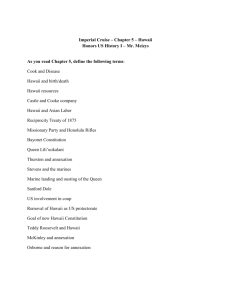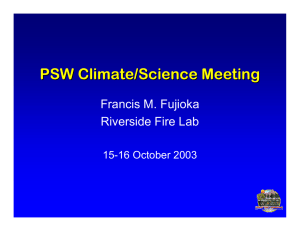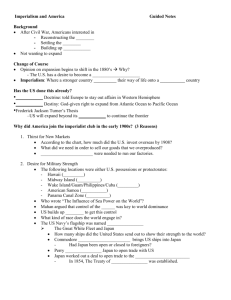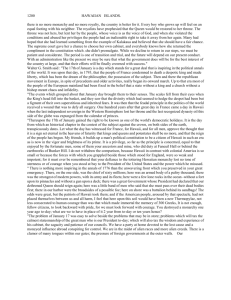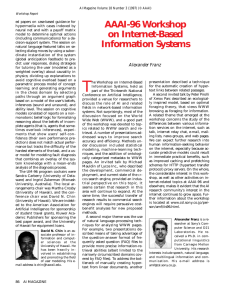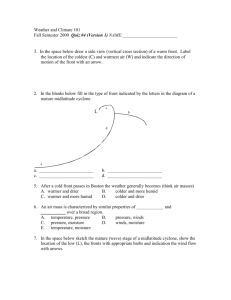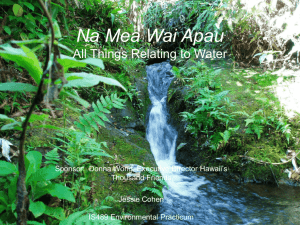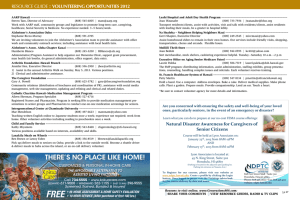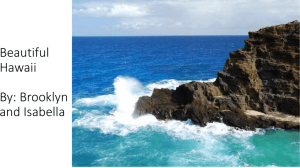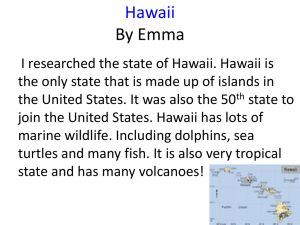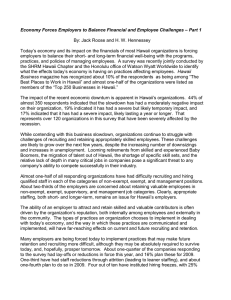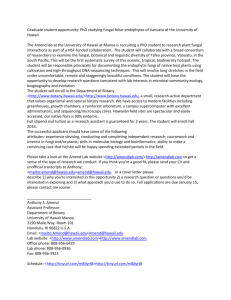REMOTE SENSING OF VOLCANOES IN THE ASIA
advertisement
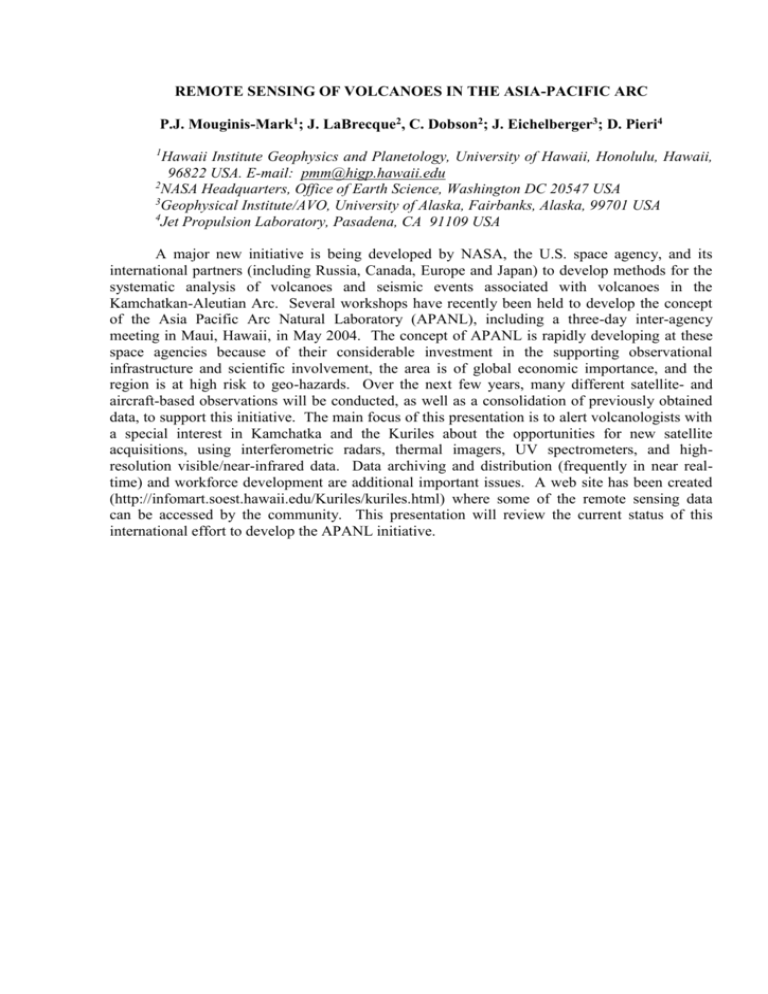
REMOTE SENSING OF VOLCANOES IN THE ASIA-PACIFIC ARC P.J. Mouginis-Mark1; J. LaBrecque2, C. Dobson2; J. Eichelberger3; D. Pieri4 1 Hawaii Institute Geophysics and Planetology, University of Hawaii, Honolulu, Hawaii, 96822 USA. E-mail: pmm@higp.hawaii.edu 2 NASA Headquarters, Office of Earth Science, Washington DC 20547 USA 3 Geophysical Institute/AVO, University of Alaska, Fairbanks, Alaska, 99701 USA 4 Jet Propulsion Laboratory, Pasadena, CA 91109 USA A major new initiative is being developed by NASA, the U.S. space agency, and its international partners (including Russia, Canada, Europe and Japan) to develop methods for the systematic analysis of volcanoes and seismic events associated with volcanoes in the Kamchatkan-Aleutian Arc. Several workshops have recently been held to develop the concept of the Asia Pacific Arc Natural Laboratory (APANL), including a three-day inter-agency meeting in Maui, Hawaii, in May 2004. The concept of APANL is rapidly developing at these space agencies because of their considerable investment in the supporting observational infrastructure and scientific involvement, the area is of global economic importance, and the region is at high risk to geo-hazards. Over the next few years, many different satellite- and aircraft-based observations will be conducted, as well as a consolidation of previously obtained data, to support this initiative. The main focus of this presentation is to alert volcanologists with a special interest in Kamchatka and the Kuriles about the opportunities for new satellite acquisitions, using interferometric radars, thermal imagers, UV spectrometers, and highresolution visible/near-infrared data. Data archiving and distribution (frequently in near realtime) and workforce development are additional important issues. A web site has been created (http://infomart.soest.hawaii.edu/Kuriles/kuriles.html) where some of the remote sensing data can be accessed by the community. This presentation will review the current status of this international effort to develop the APANL initiative.


